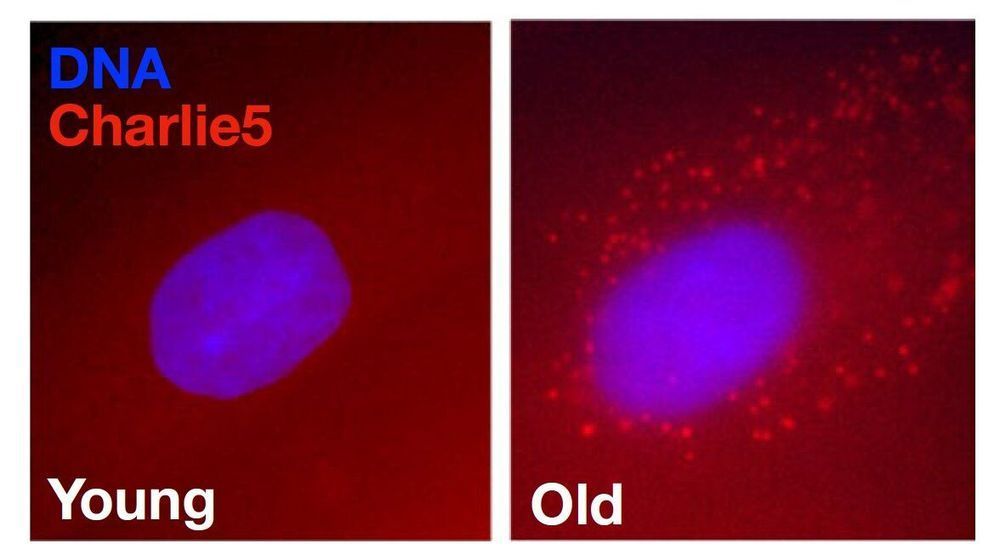For decades, greater than 60% of the human genome was believed to be “junk DNA” that served little or no purpose in the course of human development. Recent research by Colorado State University is challenging this notion to show that junk DNA might be important after all.
A new study, published on June 5 in Aging Cell, found that a portion of noncoding genetic material, called repetitive element transcripts, might be an important biomarker of the aging process.
Tom LaRocca, an assistant professor in the Department of Health and Exercise Science and faculty member in the Columbine Heath Systems Center for Healthy Aging at CSU, led the study to investigate a growing body of evidence that repetitive elements—transposons and other sequences that occur in multiple copies in the human genome —may become active over time as we age.









Comments are closed.